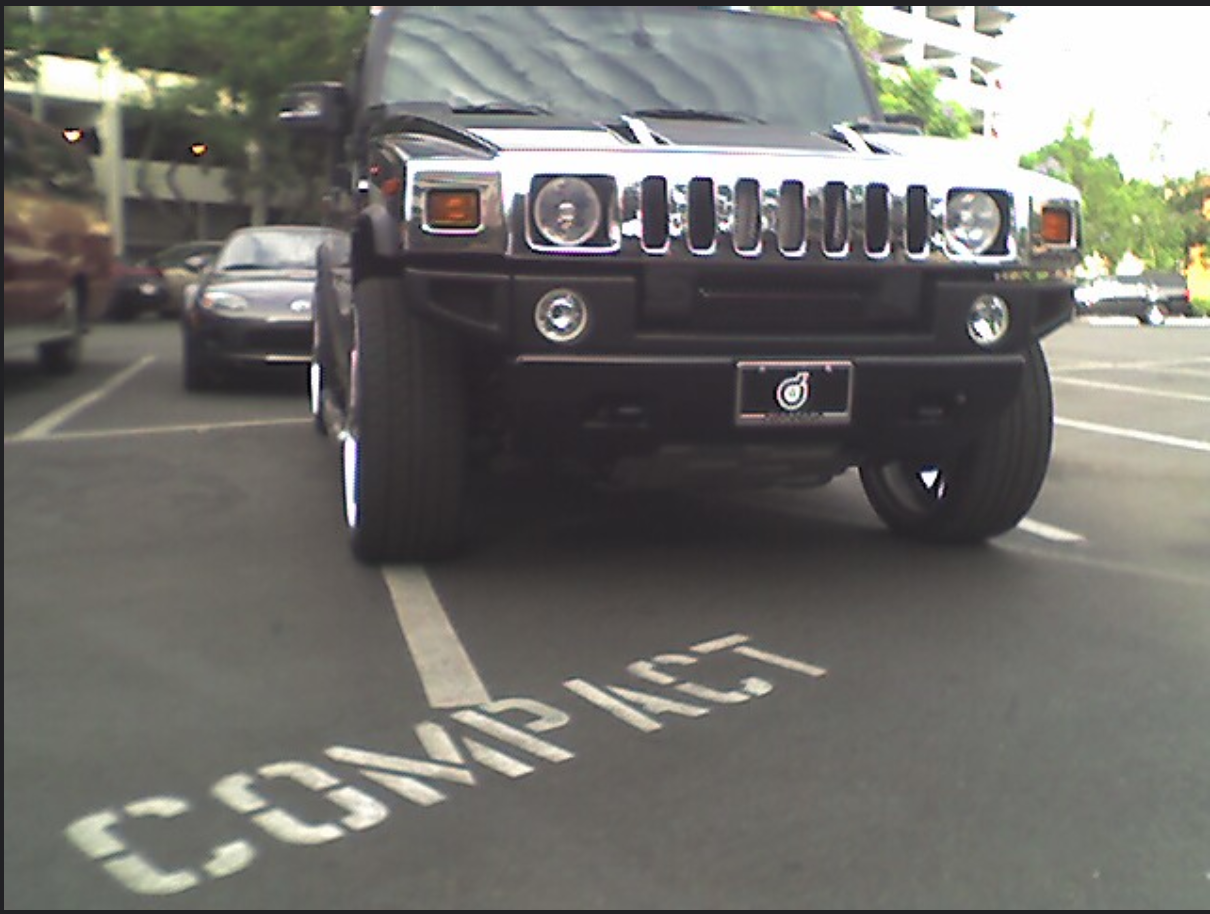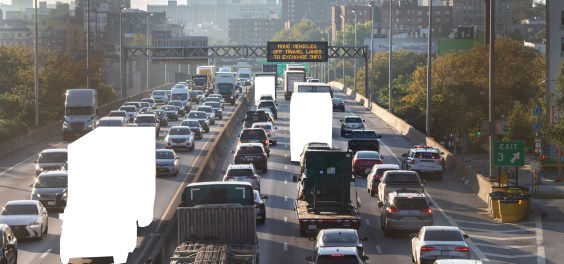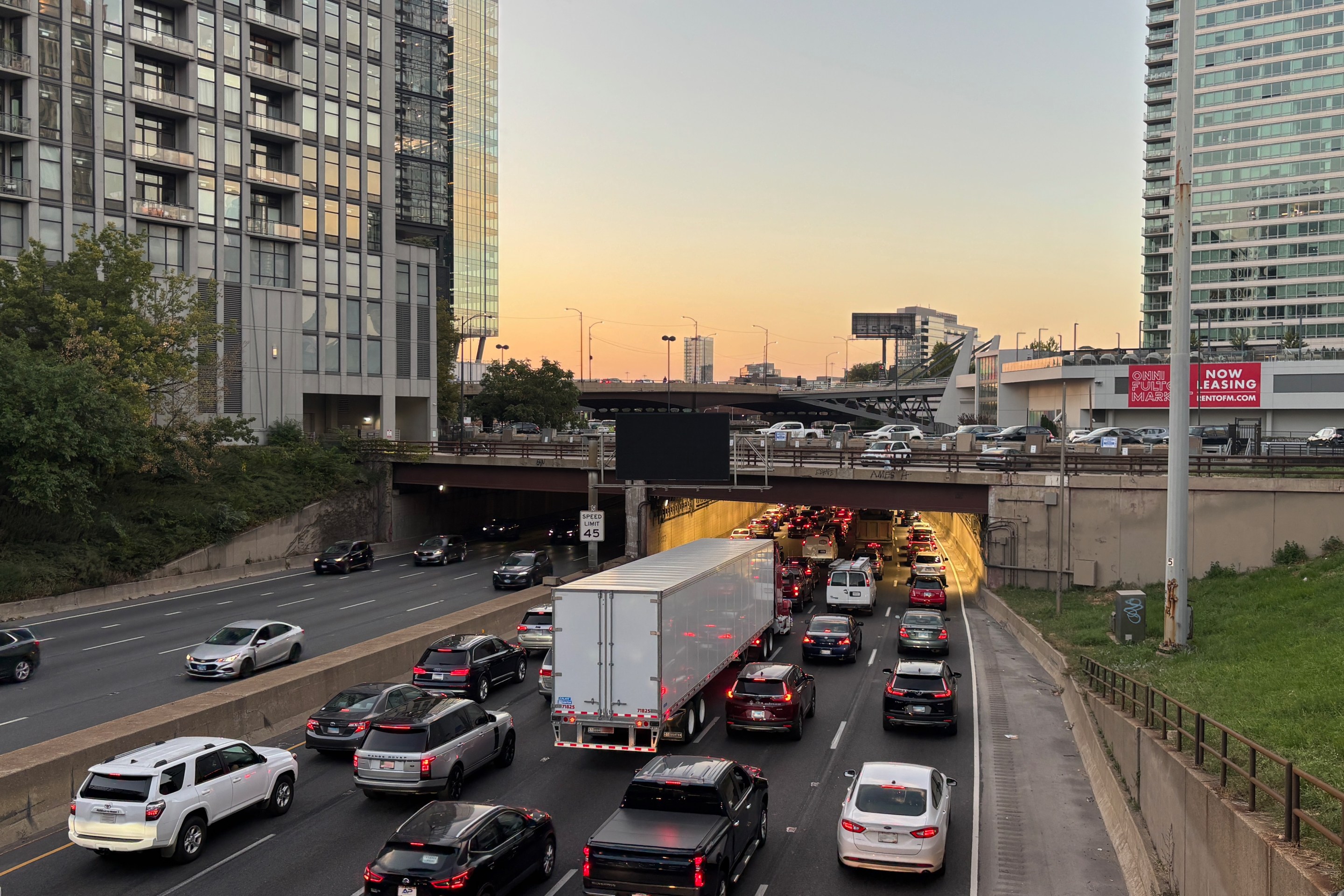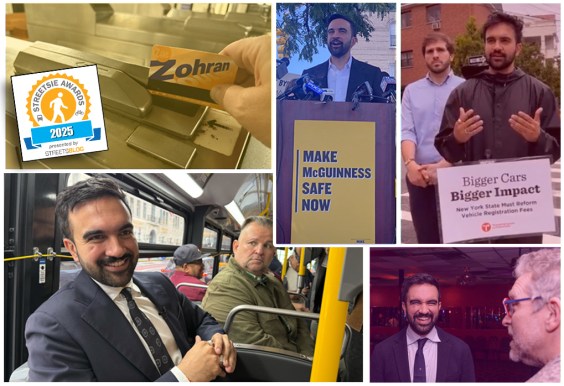This is the second part of Streetsblog's ongoing series about GMC's new Hummer EV, which was revealed in a glitzy Super Bowl ad featuring LeBron James that seeks to greenwash the heavily polluting and deadly vehicle. Part I of the series explored the dirty manufacturing process and huge carbon impact in creating the so-called "green" vehicle. Part II below looks at how little positive impact an electric Hummer will have in a world dealing with catastrophic climate change.
Part II: Clean car + dirty grid = Emissions stuck in neutral
Electric vehicles need to get their electricity from somewhere — so unless a state's power grid is 100 percent renewable, car buyers who switch to EVs are often trading in a gas-powered car for a coal-powered one. That means that when the Hummer EV hits dealerships nationwide in 2021, the sticker on the window that lists the car's miles per gallon equivalent won't exactly give consumers the full picture. And in states with a dirty grid, that number will be downright misleading.
In parts of the country such as eastern Missouri that have a particularly dirty electrical grid (see map below), creating the electricity to charge an all-electric Toyota Rav 4 and drive it 10,000 miles puts 7,980 pounds of carbon into the atmosphere. Burning the fuel to carry a traditional Rav 4 the same distance puts 7,451 pounds of carbon into area lungs. That's a seven-percent smaller carbon footprint for the gas-guzzling SUV over the "eco-friendly" EV.
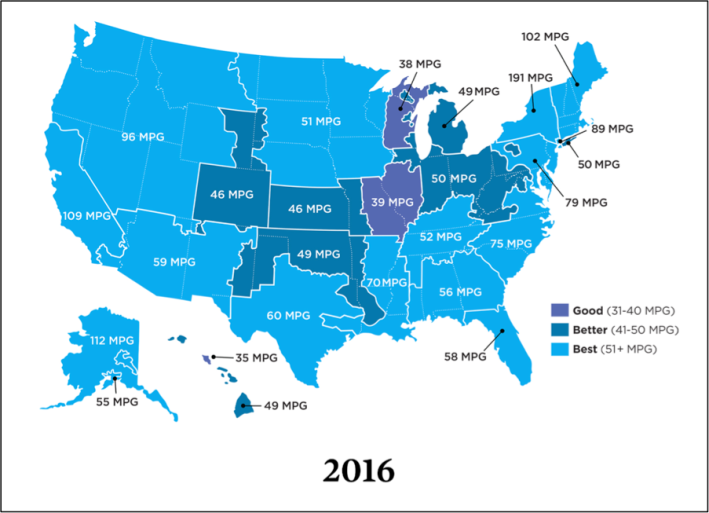
Clean Technica CEO Zacharary Shahan is quick to point out that state-by-state calculations like these may be conservative. He says a rising percentage of the country's power grid is run on clean energy — though it's just 18 percent at last count by his company's own calculations.
And though some EV owners are off the local power grid completely — 38 percent of non-Tesla EV drivers have mounted their own solar panels on their homes — it seems unrealistic to expect EV buyers in dirty states to also purchase a full-fledged solar system to power their clean cars. The average price of solar panels is still hovering north of $11,000, even after tax credits, and dealerships aren't running two-for-one, "buy an electric car, get a personal microgrid free!" promotions.
But the real question we should be asking during this election year may not be how fast we can get the national grid from from 18 to 100 percent clean, or what it'll take to put a solar panel on every house. It's what it'll take to hold on to any of the clean gains we've made so far. The current president is actively working to reverse advances in renewable energy, so it's unlikely that the power grid will get cleaned up soon.
And more to the point: even if we succeed in reducing grid emissions, the Hummer EV that GMC wants you to plug into that grid will still be a Hummer. Turning the Hummer and its ilk electric is just a slight greening of the toxic car culture that made climate change into a dire planetary threat in the first place.
Make no mistake: when the advertising writers at GMC equate their "elite performance" vehicle to once-in-a-generation athletic talent LeBron James smashing a glass backboard on a dunk, it is not just selling one particular car to a captive American audience. GMC is selling the notion of SUV and truck ownership itself as a path to power, dominance and domain over public space, with a no-emission feature for a handy "F--- you!" to anyone who points out that cars the size of yours are killing the atmosphere.
Biking, walking and transit remain the only truly sustainable methods for moving masses of people with limited congestion, pollution and death. We'll dive into the "death" part in our third installment of this series.
Coord invites cities and other curb managers to apply for its Digital Curb Challenge to undertake a free curb management pilot program in 2020. Applications close on Feb. 14. Click here for information.
